Dysphagia of the esophagus is a certain syndrome that occurs against the background of numerous diseases.
The swallowing reflex is impaired. The pathological condition is accompanied by concomitant symptoms, with which it is necessary to consult a doctor. The specialist will conduct an examination, prescribe a comprehensive examination in order to make an accurate diagnosis and select the most effective treatment.
Record content:
- 1 Views
- 2 Stages and degrees
- 3 Symptoms
- 4 Reasons for the appearance
- 5 Diagnostics
- 6 When to see a doctor
- 7 Prophylaxis
-
8 Treatment methods
- 8.1 Medications
- 8.2 Traditional methods
- 8.3 Other methods
- 9 Possible complications
- 10 Dysphagia Videos
Views
Many diseases occur with esophageal dysphagia. There is a certain classification, taking into account the peculiarities of the pathological syndrome.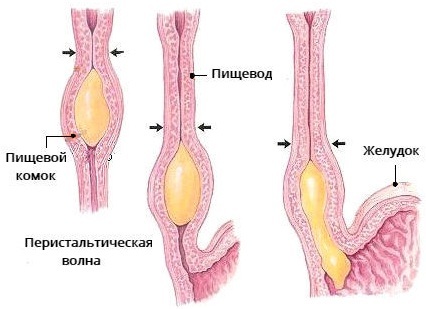
Types of esophageal dysphagia at the site of localization:
| Name | Description |
| Oropharyngeal | The pathological focus is located in the oropharynx region. Difficulty moving the food lump leads to the fact that the person chokes. Food enters the nasal cavity, trachea. A common cause of oropharyngeal esophageal dysphagia is neuromuscular problems. |
| Esophageal | The lower part of the esophagus is affected, disorders occur in the cervical region. Clinical symptoms are similar to oropharyngeal dysphagia, so it is important to undergo a comprehensive examination to make an accurate diagnosis. |
| Cricopharyngeal discoordination | Certain fibers contract, resulting in relaxation of the cricoid-pharyngeal muscle. The pathological condition is dangerous with protrusion of the walls of the esophagus and serious changes in the lungs. |

In medicine, there are also the following types of esophageal dysphagia:
| Name | Description |
| Paradoxical | The swallowing reflex is impaired. A common cause is diseases of the esophagus, in particular tumor processes. Gradually the patient refuses to eat. In some situations, a false remission occurs, when the symptoms of paradoxical dysphagia of the esophagus disappear, but after a while they return again. |
| Sideropenic | The pathological condition is characterized by dystrophic changes in the mucous membrane of the organ. The syndrome occurs as a result of iron deficiency in the human body. The same goes for nutrients. Lack of necessary elements leads to damage to the muscles of the esophagus, against the background of which dysphagia occurs. |
| Neurogenic | The pathological condition develops as a result of impaired functioning of the nervous system. The process of formation of a food lump in the oral cavity is complicated and its obstruction in the esophagus is observed. Neurogenic dysphagia is more often the result of extensive ischemic or hemorrhagic stroke, as well as serious traumatic brain injury. |
| Psychogenic | Dysphagia of the esophagus in this situation is accompanied by a lump in the throat and severe pain behind the breastbone while eating. There is also severe heartburn, the swallowing process is disrupted. A pathological condition occurs against the background of severe stress or emotional stress. |
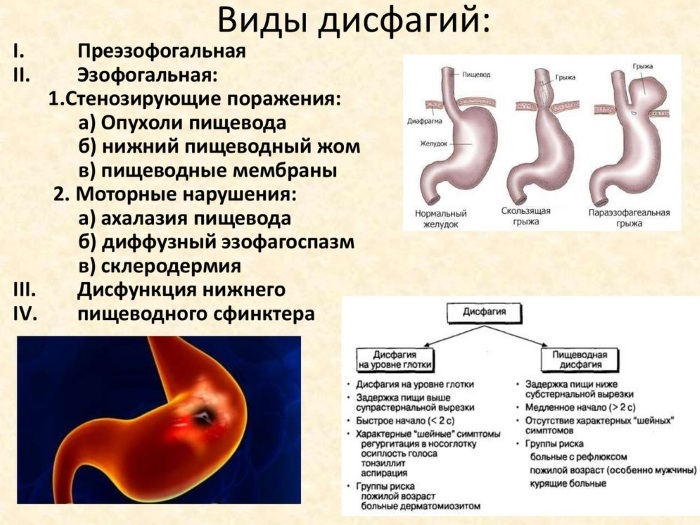
There is a certain classification of esophageal dysphagia, given the cause of the syndrome:
| Name | Description |
| Functional (nervous) | The provoking cause is a severe nervous breakdown. It is difficult for a person to swallow food, the functioning of the respiratory organs is disrupted. Appetite decreases, sleep is disturbed. In some situations, nervous dysphagia of the esophagus is accompanied by vomiting. |
| Organic | A pathological form of the syndrome that develops as complications after certain diseases that affect the pharynx, mouth or esophagus. |
Medicine also distinguishes between progressive and chronic dysphagia. The doctor will help to establish an accurate diagnosis if you go to the hospital in a timely manner and undergo an examination.
Stages and degrees
The pathological syndrome also differs in the degree of development of a violation of the swallowing reflex:
| Name | Description |
| I degree | The swallowing reflex is impaired when solid foods are eaten. |
| II degree | The pathological syndrome occurs as a result of ingestion of solid food. |
| III degree | Dysphagia of the esophagus at this stage appears during an attempt to swallow soft food. |
| IV degree | It is difficult for the patient to swallow not only soft food, but also liquid. This condition is often seen in stage 4 cancer. |

A doctor will help to establish an accurate diagnosis and degree of esophageal dysphagia. Timely therapy will prevent serious consequences.
Symptoms
The clinical picture of esophageal dysphagia makes it possible not only to determine the type of disorder, but also the degree of development of the syndrome. The doctor pays attention to all the signs in order to establish also the cause of the pathological condition.
Dysphagia of the esophagus (symptoms and treatment are determined by the attending physician, taking into account the patient's complaints) is accompanied by the following manifestations:
| Name | Symptoms |
| Oropharyngeal |
|
| Esophageal |
|
Cricopharyngeal discoordination is accompanied by similar clinical signs to oropharyngeal dysphagia. A distinctive feature of this pathological condition is the high likelihood of lung damage.
Reasons for the appearance
Dysphagia of the esophagus (symptoms and treatment are determined by the attending physician after a comprehensive examination) is characterized by difficulty swallowing food and liquids.

The pathological condition develops as a result of numerous provoking reasons:
- the lumen of the esophagus is blocked (a piece of meat, bone, foreign body);
- swelling or inflammation of the lining of the esophagus as a result of an infection in the oral cavity;
- muscle spasm of the pharynx or esophagus;
- benign or malignant neoplasms;
- scleroderma - a disease of the connective tissue in the esophagus;
- chemical burn, resulting in scarring and a decrease in the elasticity of the esophageal tube;
- chronic tissue irritation as a result of acid gastric acid reflux;
- strong pressure on the esophagus, which is exerted by bony growths of the spine, dilated vessels or an enlarged thyroid gland;
- damage to the central nervous system as a result of stroke, paralysis, rabies, injury or disease;
- hereditary predisposition;
- enlargement of the heart against the background of ischemic disease, heart attack or heart failure;
- cerebral atherosclerosis;
- hiatal hernia;
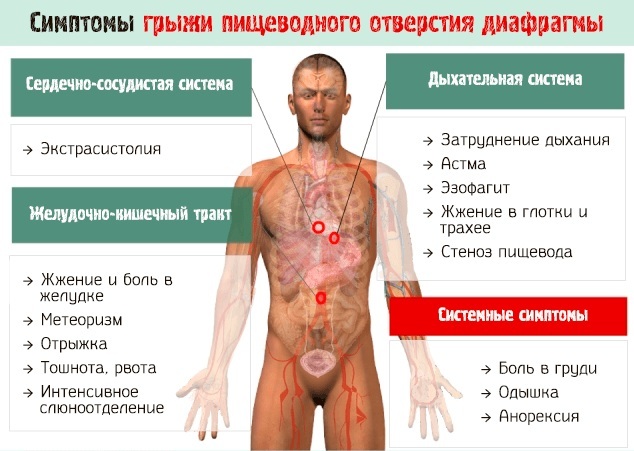
- acute renal failure;
- cancer of the esophagus, stomach;
- chronic alcohol dependence.
Diabetes mellitus, congenital diseases of smooth muscles in children also provoke esophageal dysphagia. The same applies to diverticula (protrusion of the walls of the organ), injury, severe allergic reaction.
Diagnostics
A comprehensive examination is prescribed by a therapist, taking into account the patient's complaints. It is necessary to establish the exact reason that provoked the violations.
To diagnose esophageal dysphagia, a person is recommended to undergo the following examination tests:
| Name | Description |
| Pharyngoscopy | A diagnostic method that allows you to accurately establish the causes of esophageal dysphagia. In some situations, the doctor complements the procedure with laryngoscopy. |
| Fluoroscopy | A contrast agent is used, with the help of which various pathological changes in the esophagus region are determined, as well as impaired motility or the formation of diverticula. |
| General and biochemical blood test | The results show changes in blood parameters. The level of hemoglobin, erythrocytes, leukocytes is determined. The work of the kidneys, liver and pancreas is assessed. |
| Stool analysis | Testing is done if occult bleeding is suspected. |
| Esophagogastroduodenoscopy (EGDS) | The organs of the digestive system are examined. During the procedure, you can take a biopsy of the affected areas of the mucous membrane. |
| Ultrasound examination (ultrasound) | The specialist examines the abdominal organs and assesses their functioning. |
| Magnetic resonance imaging (MRI) | The diagnostic method is used to identify diseases of internal organs or systems. |
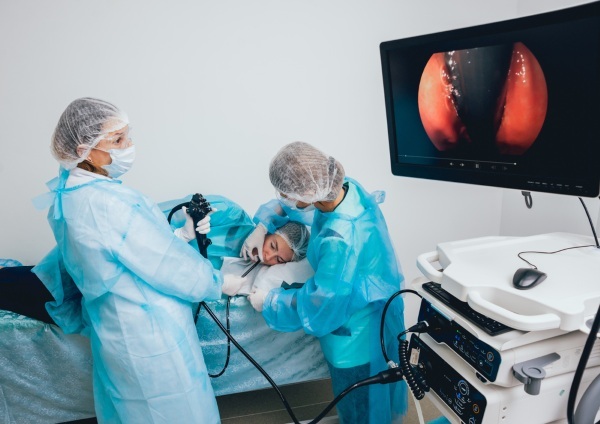
It is important to differentiate the pathological syndrome, since many diseases are accompanied by similar clinical symptoms. The diagnostic results will also help the doctor choose the most effective treatment regimen.
Given the provoking factor, the patient will also need advice from other specialized specialists (otolaryngologist, gastroenterologist, surgeon, oncologist, neuropathologist, pulmonologist and psychotherapist).
When to see a doctor
Consultation of a therapist is necessary for a person if he is regularly worried about problems with swallowing food or liquids. In this case, vomiting or regurgitation is present. Emergency medical care is needed for the patient if breathing is impaired.
The doctor will prescribe a comprehensive examination to make an accurate diagnosis and select an effective treatment, taking into account the results obtained. You should not engage in self-therapy, since esophageal dysphagia can lead to serious consequences.
Prophylaxis
Dysphagia of the esophagus (symptoms and treatment require careful examination) at an early stage is accompanied by imperceptible symptoms that few people pay attention to. As the pathological processes progress, the human condition worsens.
The syndrome can be prevented if you remember the simple rules:
- It is necessary to get rid of bad habits.
- It is important for preventive purposes to visit a doctor, especially if the family has relatives with a similar disease, in order to timely identify pathological changes.
- You need to eat right.
- A healthy lifestyle is recommended.
- It is important to temper the body.
- Avoid stressful situations and overstrain.
In the case of a diagnosis of chronic esophageal dysphagia, the patient is advised to carry out timely treatment in order to prevent an exacerbation of the pathological condition.
Treatment methods
The fight against esophageal dysphagia is carried out using complex methods. Given the cause of the pathological condition, the doctor selects medications. It is necessary to adhere to certain dietary rules and a specially formulated diet.
In difficult situations, the patient is hospitalized to monitor his condition. It is important not only to establish the provoking factor, but also to prevent serious complications.
Medications
Medication therapy is carried out to eliminate the symptoms of esophageal dysphagia. Medicines are selected by a doctor, taking into account the results of diagnostics, the individual characteristics of the human body and the degree of development of the pathological process. It is important to adhere strictly to the recommendations, since many drugs provoke side effects.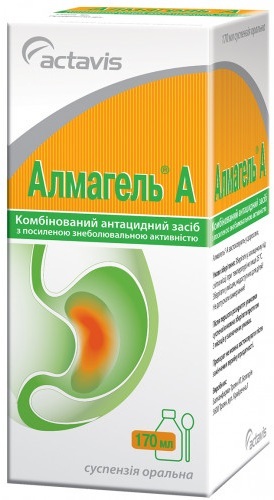
| Drug group | Name | Application |
| Proton pump inhibitors | Almagel, Phosphalugel | Medicines reduce stomach acidity. The adult dosage is 1 sachet 3-4 times a day. The medicine is recommended to be taken after meals or in the evening before bedtime. The course of treatment lasts 15-20 days. |
| Antibacterial drugs | Ceftriaxone, Levobax | Medicines are prescribed in case of an infectious lesion of the oral cavity. Adults are prescribed 1-2 g every 24 hours. The standard course of treatment takes 7-14 days. |
| Antispasmodics | Atropine, No-Shpa |
The medicine reduces spasms of the muscles of the esophagus and stomach. The agent must be taken orally before meals 2-3 times a day. The recommended dosage for an adult patient is 6-15 drops. |
| Antiemetic drugs | Metoclopramide, Domperidone | The medicine reduces vomiting by increasing the peristalsis of the esophagus. Adults are recommended to take 10 mg 3 times a day before meals for 30 minutes. |
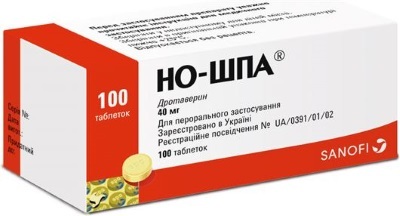
In order to relax the muscles of the esophagus, the patient is prescribed botulinum toxin injections. If necessary, sedatives are used to help calm the nervous system (Platyphyllin).
Traditional methods
Non-traditional methods of healers and healers are used in the complex treatment of esophageal dysphagia, under the strict supervision of a physician and in the case of a mild pathological condition. It is important to consider the high likelihood of an allergic reaction or individual sensitivity.
| Name | Recipe | Application |
| Herbal collection | Mix in equal parts sweet clover, oregano, nettle, kelp, mint and hops. Pour 1 tbsp. herbal collection with hot water (300 ml). Leave for 30-40 minutes and drain. | A ready-made herbal drink is recommended to be consumed inside 100 ml warm 3 times a day. |
| Healing collection | Mix hop cones (20 g), St. John's wort (25 g), lemon balm leaves (30 g), rosemary (20 g) and valerian root (25 g). Grind all components well and pour 1 tbsp. collection with boiling water (250 ml). Insist 2 hours and strain. | The medicine is recommended to be taken orally at ¼ st. before meals 4 times a day. |
| Oregano | Pour 1 tbsp. herbs with boiling water (250 ml), leave for 30 minutes and drain. | The ready-made broth should be taken before meals, 100 ml 3 times a day. |

Herbal medicine in most cases lasts for 10 days. Then it is recommended to take a break for 2 weeks and, if necessary, continue treatment, but after consulting your doctor.
Other methods
Treatment of esophageal dysphagia involves adherence to dietary nutrition in order to reduce the load on the organs of the digestive system and eliminate the symptoms of the pathological condition.
| Featured Products | Prohibited foods |
|
|
There are also certain doctor's recommendations that are important to remember:
- You should eat in fractional parts (4-5 times a day).
- Dishes should be chopped and consumed warm with a minimum amount of salt.
- Food should be chewed thoroughly.
- It is strictly forbidden to eat hastily and dry food.
- After eating, you need to be at rest for a while so as not to cause regurgitation (esophageal vomiting).
Dinner should be 2-3 hours before the night's rest. Dishes should be baked, boiled, stewed, steamed.
In the absence of positive dynamics after drug therapy or in the event of serious complications, the patient is indicated for surgery. Surgical treatment is performed when a tumor, diverticulum, or achalasia is diagnosed.
The operation is carried out by the following methods:
| Name | Description |
| Heller's laparoscopic myomatosis | Surgical intervention involves cutting the muscles in the lower esophagus with its complete overlap. |
| Dilation of the esophagus | A tube with a balloon is inserted into the esophagus to gently push the walls of the organ. |
| Stent placement | A metal or plastic structure is placed in the esophagus, which opens the lumen of the organ and restores its functioning. |
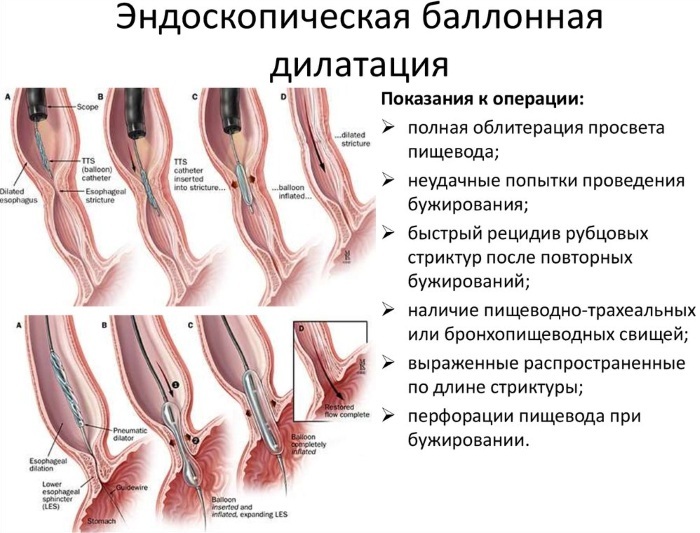
Dysphagia of the esophagus (symptoms and treatment are determined by the doctor after a complete examination) is more common in elderly people, therefore, when choosing a method of surgical treatment, the doctor takes into account all the features of the prevailing situations.
Possible complications
A positive prognosis of a person awaits in the case of a timely appeal to a specialist. In the absence of comprehensive diagnostics and specially selected therapy, the likelihood of serious consequences increases.
| Name | Description |
| Esophagitis | The pathological condition is characterized by the development of an inflammatory process in the esophagus. |
| Lung abscess | Purulent foci appear as a result of the throwing of stomach contents into the respiratory system. A strong inflammatory process develops. |
| Pneumosclerosis | Due to the throwing of gastric contents into the lungs, the structure of the bronchial tissue is also disturbed, against which pathological processes develop. |
A complication of esophageal dysphagia is also dehydration, a sharp loss of body weight. Persistent violation of the respiratory process can result in a complete stop. There is always a risk of degeneration of the affected tissues, against the background of which a tumor forms in the esophagus or stomach.
Dysphagia of the esophagus is a serious sign of the development of a certain disease, which must be detected at an early stage and treatment must be started in a timely manner.
As the pathological processes progress, the symptoms of the syndrome will intensify and cause discomfort to the person. Problems can be dealt with early on by taking prescribed medications. In case of deterioration of the condition, it is impossible to do without surgical treatment.
Dysphagia Videos
Dysphagia. Swallowing disorders:



